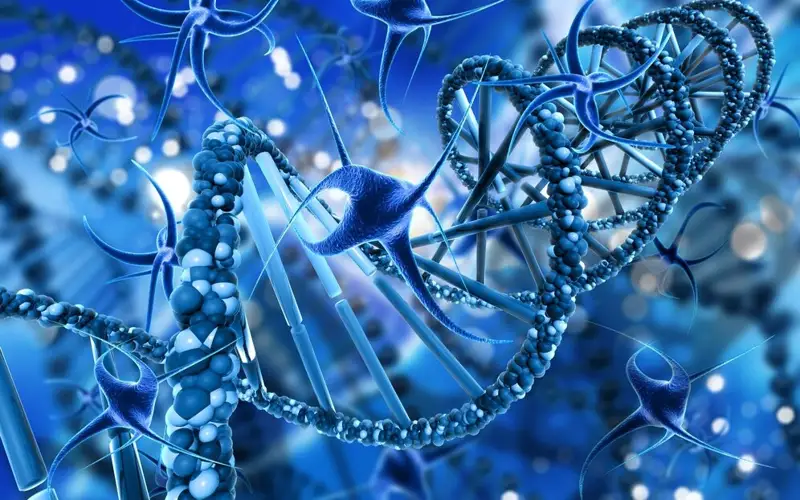Lost and found? The ancient genetic reunion that created modern humans
Cambridge University researchers have revealed that modern humans originated from two distinct populations that split 1.5 million years ago and later reconnected through interbreeding, Kazinform News Agency reports.

A study published in Nature Genetics used full genome sequencing and a computational model called "cobraa" to analyze human ancestry. The findings show that two ancient populations, Population A and Population B, remained separate for over a million years before merging again.
“We present evidence for an extended period of structure in the history of all modern humans, in which two ancestral populations that diverged ~1.5 million years ago came together in an admixture event ~300 thousand years ago, in a ratio of ~80:20%,” the study reads.
Genetic analysis found that 80% of modern human DNA comes from Population A, while 20% is from Population B. This ancient genetic fusion shaped all modern humans, unlike later interbreeding events with Neanderthals.
After the split, Population A experienced a ‘bottleneck’ before expanding and giving rise to Neanderthals and Denisovans. Meanwhile, Population B’s DNA appears more distant from functional genes, suggesting natural selection favored Population A’s genetic material in key areas.
By analyzing ancestry across the genome, researchers discovered that DNA from Population B is less common in essential coding regions. Population A was identified as the primary ancestor of Neanderthals and Denisovans, making it dominant in shaping modern human genetics.
“Various Homo erectus and Homo heidelbergensis populations that are potential candidates for lineages A and B existed both in Africa and elsewhere in the relevant period. It is tempting to ascribe the sharp bottleneck that we infer in lineage A after separation from lineage B to a founder event potentially involved with migration and physical separation. Furthermore, the ancestors of Neanderthals and Denisovans were in Eurasia before modern humans expanded there, and we can ask whether the gene flow from the ancestors of modern humans into Neanderthals came from A or B, and also how the proposed archaic gene flow event into Denisovans was related to these populations. Unfortunately, we were not able to run cobraa on currently available Neanderthal and Denisovan datasets,” the findings conclude.
This discovery challenges previous models of human evolution, which suggested a simpler history of divergence. Earlier research estimated human populations started diverging 100,000 to 200,000 years ago, but this study reveals a deeper and more structured ancestry.
Earlier, it was reported that the Chinese researchers have achieved a breakthrough in the DNA-based storage of brain MRI data.
